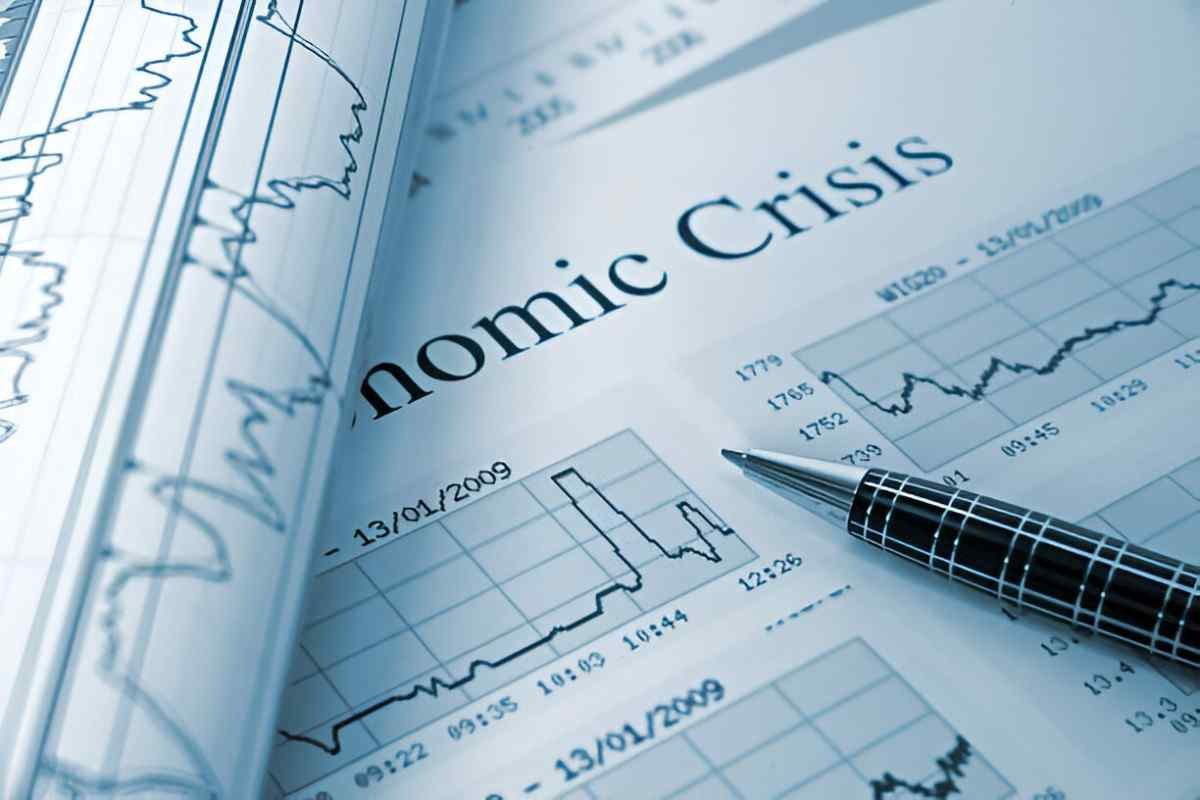Introduction
Financial crises have profound effects on economies, societies, and political systems. The macroeconomic theory of financial crises attempts to explain their origins, mechanisms, and consequences using economic principles. Understanding these crises requires examining the roles of financial markets, central banks, government policies, and systemic risks. This article delves into the macroeconomic perspectives on financial crises, employing mathematical models, historical examples, and empirical analysis.
Table of Contents
Defining a Financial Crisis
A financial crisis is a situation where financial assets suddenly lose a significant portion of their value. Crises often lead to widespread panic, bank failures, and economic downturns. The major types of financial crises include:
- Banking Crises – Occur when banks face liquidity shortages and fail.
- Currency Crises – Involve rapid depreciation of a nation’s currency, leading to capital flight.
- Debt Crises – Happen when countries or firms default on debt.
- Stock Market Crashes – Marked by sharp declines in equity prices.
- Systemic Financial Crises – Encompass multiple sectors collapsing simultaneously.
Theoretical Frameworks Explaining Financial Crises
1. The Keynesian Perspective
John Maynard Keynes emphasized the role of aggregate demand in economic stability. According to Keynes, financial crises stem from inadequate demand and investor panic. The government can mitigate crises through fiscal stimulus and monetary policy interventions.
2. Monetarist View
Milton Friedman and Anna Schwartz, in their work A Monetary History of the United States (1963), argued that financial crises arise from mismanagement of the money supply. They pointed to the Great Depression, where a sharp contraction in money supply led to a banking collapse.
Mathematically, the quantity theory of money is expressed as:
MV = PQwhere:
- M = Money supply
- V = Velocity of money
- P = Price level
- Q = Real GDP
A sudden drop in M can lead to a decrease in PQ, triggering recessions and financial instability.
3. Hyman Minsky’s Financial Instability Hypothesis
Minsky proposed that financial markets are inherently unstable. His model consists of three phases:
- Hedge Finance – Firms and individuals can meet debt obligations from cash flows.
- Speculative Finance – Entities roll over debt instead of repaying principal.
- Ponzi Finance – Debt repayment relies on asset appreciation rather than cash flow.
When economies reach the Ponzi stage, a small shock can trigger a crisis.
4. Rational Expectations and Efficient Market Hypothesis (EMH)
Robert Lucas and Eugene Fama argued that financial markets reflect all available information. This theory suggests that crises result from exogenous shocks rather than internal instability. However, empirical evidence from the 2008 financial crisis challenges the EMH, as markets failed to anticipate systemic risks.
Causes of Financial Crises
1. Excessive Leverage
Leverage magnifies returns but increases vulnerability. The leverage ratio is given by:
L = \frac{Total\ Debt}{Equity}High L values indicate financial fragility.
2. Asset Bubbles
When asset prices deviate from fundamental values, bubbles form. The bubble formation can be modeled as:
P_t = (1 + r) P_{t-1} + e_twhere
P_t is the asset price at time t,
r is the expected return,
e_t represents exogenous shocks.
A crash occurs when expectations shift suddenly.
3. Moral Hazard and Too-Big-To-Fail Institutions
Banks expecting government bailouts may take excessive risks. The 2008 crisis highlighted this problem when institutions engaged in risky mortgage lending, expecting Federal Reserve intervention.
Historical Examples of Financial Crises
1. The Great Depression (1929-1939)
A combination of speculative investment, bank failures, and deflation led to prolonged economic downturn.
2. Asian Financial Crisis (1997)
Triggered by currency speculation, capital flight, and fixed exchange rate regimes collapsing.
3. Global Financial Crisis (2008)
Subprime mortgage lending, high leverage, and complex financial derivatives caused the worst recession since the 1930s.
Policy Responses and Lessons Learned
1. Monetary Policy
The Federal Reserve uses interest rate adjustments and quantitative easing to stabilize markets.
i = r + \pi + \theta (\pi - \pi) + \lambda (Y - Y)(Taylor Rule for interest rate determination)
2. Fiscal Stimulus
Government spending and tax cuts boost aggregate demand during crises.
3. Regulatory Measures
Post-2008 reforms include the Dodd-Frank Act, which strengthened financial oversight.
Conclusion
Macroeconomic theories provide diverse insights into financial crises. While Keynesians advocate government intervention, monetarists emphasize money supply control. Minsky highlights inherent market instability, whereas EMH supporters focus on external shocks. Understanding these perspectives helps policymakers design effective crisis mitigation strategies.





